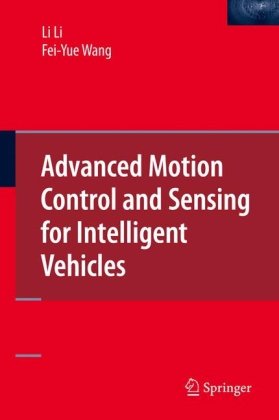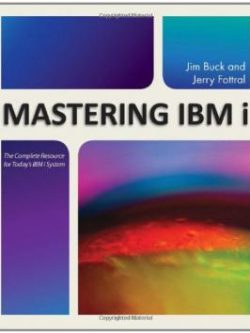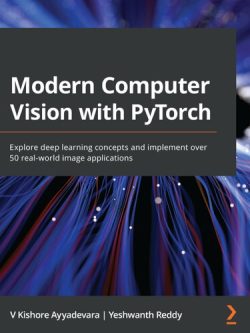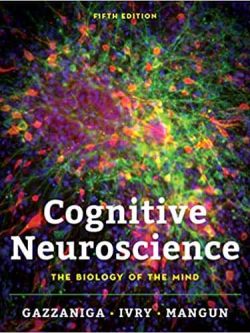Specifications
| book-author | Li Li ; Fei-Yue Wang |
|---|---|
| file-type | |
| isbn10 | 0387444076 |
| isbn13 | 9780387444079 ; 9780387444093 |
| language | English |
| publisher | Springer |
Book Description
“Advanced Motion Control and Sensing for Intelligent Vehicles,” authored by Li Li and Fei-Yue Wang, in its 1st edition, presents a comprehensive overview of cutting-edge technologies and methodologies related to motion control and sensing in the field of intelligent vehicles. Here's what you can expect from this book:
- Introduction to Intelligent Vehicles: The book begins with an introduction to the concept of intelligent vehicles, highlighting their significance in the modern transportation system. It covers the evolution of intelligent vehicle technology and its applications in various domains.
- Motion Control Techniques: Li and Wang delve into advanced motion control techniques employed in intelligent vehicles. They discuss principles of motion control, including trajectory planning, motion tracking, obstacle avoidance, and path following algorithms. The book explores both classical control methods and modern approaches such as model predictive control and reinforcement learning.
- Sensing Technologies: The textbook covers a wide range of sensing technologies used in intelligent vehicles, including vision-based systems, LiDAR, radar, ultrasonic sensors, GPS, inertial sensors, and vehicle-to-everything (V2X) communication systems. It discusses the principles, functionalities, and applications of each sensing modality.
- Sensor Fusion and Perception: Li and Wang examine sensor fusion techniques for integrating data from multiple sensors to enhance perception and decision-making in intelligent vehicles. They discuss sensor calibration, data fusion algorithms, probabilistic reasoning, and Bayesian inference methods.
- Localization and Mapping: The book explores techniques for vehicle localization and mapping, including simultaneous localization and mapping (SLAM), global positioning systems (GPS), inertial navigation systems (INS), and map-based localization methods. It covers algorithms for map generation, localization accuracy improvement, and robustness to environmental changes.
- Autonomous Navigation and Control: Li and Wang discuss autonomous navigation and control systems for intelligent vehicles, including approaches for autonomous driving, parking, and maneuvering in complex environments. They cover perception-action loops, decision-making algorithms, and real-time control strategies.
- Human-Vehicle Interaction: The textbook examines human-vehicle interaction (HVI) technologies, including driver assistance systems, human-machine interfaces, and user experience design principles. It discusses how intelligent vehicles can effectively communicate with and assist human drivers to enhance safety and comfort.
- Safety and Reliability: Li and Wang address safety and reliability considerations in the design and operation of intelligent vehicle systems. They discuss risk assessment, failure modes and effects analysis (FMEA), fault detection and diagnosis, and redundancy strategies to ensure system robustness and resilience.
- Applications and Case Studies: Throughout the book, the authors include real-world applications and case studies of intelligent vehicle technologies in various domains such as autonomous driving, transportation logistics, smart cities, and precision agriculture. These examples illustrate the practical implications and challenges of implementing advanced motion control and sensing systems in real-world scenarios.
“Advanced Motion Control and Sensing for Intelligent Vehicles” serves as a comprehensive reference for researchers, engineers, and students working in the field of intelligent transportation systems. With its in-depth coverage of motion control, sensing technologies, and their applications in intelligent vehicles, the book provides readers with a thorough understanding of the latest developments and challenges in this rapidly evolving domain.













Reviews
There are no reviews yet.